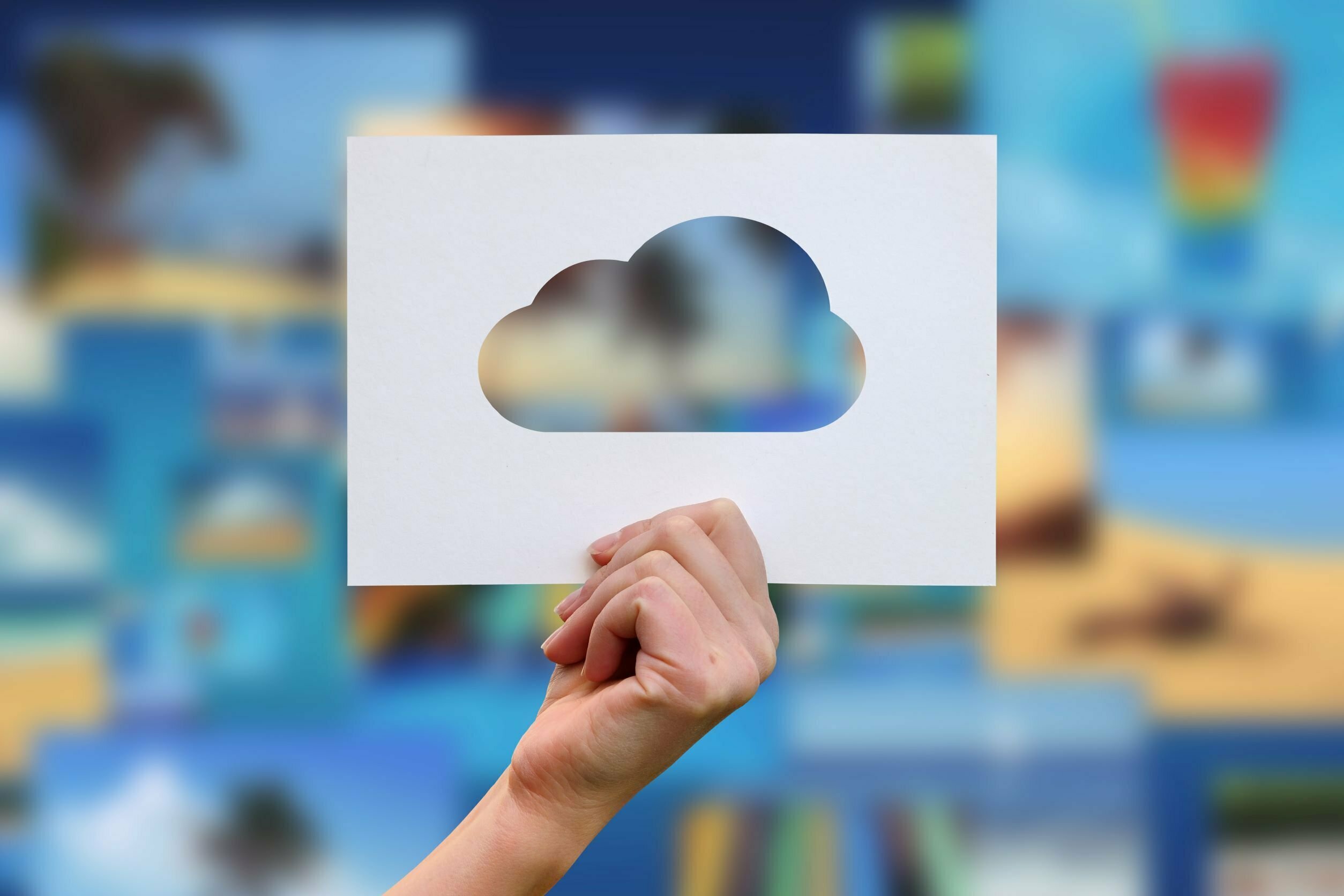The global COVID-19 pandemic has sped up the digitization of the healthcare industry. HIMSS Future of Healthcare report stated that 80% of healthcare providers plan to increase investment in technology and digital solutions over the next five years.[1] Growth is expected to continue in areas such as telemedicine, personalized medicine, genomics, and wearables, with organizers developing and delivering Artificial Intelligence (AI), cloud computing, Extended Reality (XR), and the Internet of Things (IoT). Here are the 7 healthcare technology trends for 2022.
1. Remote Patient Monitoring
The concept of remote patient monitoring (RPM) obtained great popularity during the COVID-19 pandemic when people had to follow movement restrictions and social distancing norms. Remote patient monitoring is a technology to enable the monitoring of patients outside of conventional clinical settings, such as in the home or in a remote area. RPM is now increasingly becoming the future of delivering healthcare services to patients by providing them with smart medical devices such as weight scales, blood pressure cuffs, glucometers, pulse oximeters, sensors, and many others so doctors can access patient data from afar for better treatment. It is mostly advised for discharged patients as it enables doctors to consistently monitor their patients and act on vital data, which further reduces the frequency of patient visits to doctors and enhances the recovery process. In addition to that, it works as a solution to allow doctors to break away from the traditional healthcare settings and reduce time, costs, and deliver high-quality healthcare without meeting their patients. DrKumo, leader in next-generation remote patient monitoring, provides the most advanced real-time continuous live streaming of patient data and sensor fusion-equipped medical devices powered by AI technology.
2. Wider field for robotics
Surgical robots have been made and discovered since the 1980s, first offering surgeons assistance in the operating room via robotic arms.[2] Surgical assist capabilities in robotics have evolved to allow procedures to be done with less invasiveness, reducing recovery time and mitigating infection risk. Today, with better network optimization, faster processing speeds (edge or 5G), and more security, robotics-assisted healthcare procedures can be done in more places.
3. Telemedicine
Telemedicine is the use of electronic information and telecommunication technology to achieve the health care you need while practicing social distancing. By using a phone or device with the internet, you can achieve continuing medical care while protecting yourself and your healthcare provider from COVID-19. Telemedicine has the power to make it easier for people to get the health care they need in a world where half of people don’t have access to it.
4. Health systems moving to the cloud technology
Another innovation that is vital is moving health systems and data to the cloud. The healthcare industry has many reclining networks, including those of universities and hospital systems, within which many stakeholders must be able to communicate with doctors’ offices, radiology labs, pharmacies, health insurance companies, patients, etc. Cloud-based platforms are making novel systems like patient portals possible, offering interoperability and a secure way for important information to be transmitted quickly and easily, anytime anywhere.
5. AI and machine learning adaptation
The high-level use case for AI in healthcare, as in other fields, is to help make sense of the large amounts of chaotic and complex unstructured data that are available for capture and analysis. In health care, this can take the form of medical image data such as X-rays, CT and MRI scans, as well as many other sources, including the spread of communicable diseases such as COVID, the delivery of vaccines, genomic data from living cells, and even handwritten doctors’ notes.
Better performance of AI/ML implementations (artificial intelligence and machine learning) and big data initiatives are now highly observable. Running AI and ML efforts close to the point of data creation enables a provider to identify patterns locally and streamline training models for faster processing and improved accuracy. 86% of healthcare professionals whose organizations have adopted AI found that the technology helped them make better use of data, and 79 percent said it helped them reduce provider burnout by automating tedious back-office tasks[2].
There are several ways AI/ML can help the healthcare industry move forward. There are still areas where this technology isn’t being used to its full potential, like research and development, population health management, and revenue cycle management.
Healthcare has been a little slower than other industries in adopting and integrating AI and machine learning, but the application floodgates are now open — from scheduling and administrative tasks to identifying abnormalities in imaging. As a kind of assistant, AI is now impressively gaining control over functions and making medical professionals’ work faster and easier. As programs grow progressively, they will be able to perform more complex tasks and may even graduate to being more likely to be an experienced colleague than an assistant.
6. Security for stability
Healthcare systems became the main target for cybercriminals amidst the pandemic. Rushed technology adoption and organizational changes leave them vulnerable to cybersecurity attacks. These attacks are harmful not only for compliance reasons, but they can also completely disrupt operations by forcing a hospital or an entire healthcare system to move its network offline and resort to pen and paper, putting the healthcare system and patients at risk.
Accordingly, there have been 706 major healthcare data breaches (over 500 records) compromising the healthcare data of more than 44 million individuals[2].
The largest healthcare data breach was a hacking/IT incident reported by the Wisconsin healthcare provider Forefront Dermatology. Hackers acquired access to parts of their network that had the protected health information of 2.4 million individuals[3]. The second-largest data breach was reported by Practicefirst, a New York business associate of multiple HIPAA-covered entities. Ransomware was used in the attack, and the healthcare data of 1.2 million individuals was potentially eliminated.
To fight against cybersecurity attacks, organizations should build stronger centralized networks, fortify infrastructure, ensure device security, and work in best-of-breed cloud configurations. The connection can help you keep your data safe, manage your mobile devices and network, and move smoothly to the cloud, all at the same time.
7. Personalized medicine and genomics
Traditionally, we usually perceive drugs and treatments as being created on a “one-size-fits-all” basis, with trials to optimize drugs for effectiveness in patients with the lowest number of adverse side effects. Nowadays, modern technology, which includes genomics, AI, and digital twins, allows for a more personalized approach, resulting in treatments that can be precisely designed at the individual level.
Genomics – the study of genes and, more recently, the use of technology to map individual genomes (the DNA structure of an organism, such as an individual) – is particularly useful for creating personalized medicine. This is leading to new treatments for serious diseases, including cancer, arthritis, and Alzheimer’s disease.
For example, a healthcare center in Sweden uses AI and modeling software to predict precise doses of pain relievers, including synthetic opiates, such as fentanyl, for individual patients.[4] These can be highly effective and life-changing for patients suffering from chronic pain, but are extremely dangerous in extremely high doses.
Takeaway
Healthcare technology trends keep on evolving and changing to upgrade and go with the new generation of advancements. Wherever we look in the healthcare industry, we can see new technology being used to fight viruses and disease, develop new vaccines and medicines, and help people lead healthier lives and achieve overall health outcomes.
References:
- The five biggest healthcare tech trends in 2022. (2022, January 10). Nation World News. https://nationworldnews.com/the-five-biggest-healthcare-tech-trends-in-2022
- 5 healthcare technology trends for 2022. (2021, December 30). Connected. https://community.connection.com/5-healthcare-technology-trends-for-2022/?cm_sp=community-news-_-article-_-5-healthcare-technology-trends-for-2022
- July 2021 healthcare data breach report. (2021, August 23). HIPAA Journal. https://www.hipaajournal.com/july-2021-healthcare-data-breach-report/
- The five biggest healthcare tech trends in 2022. (2022, January 10). Nation World News. https://nationworldnews.com/the-five-biggest-healthcare-tech-trends-in-2022/








